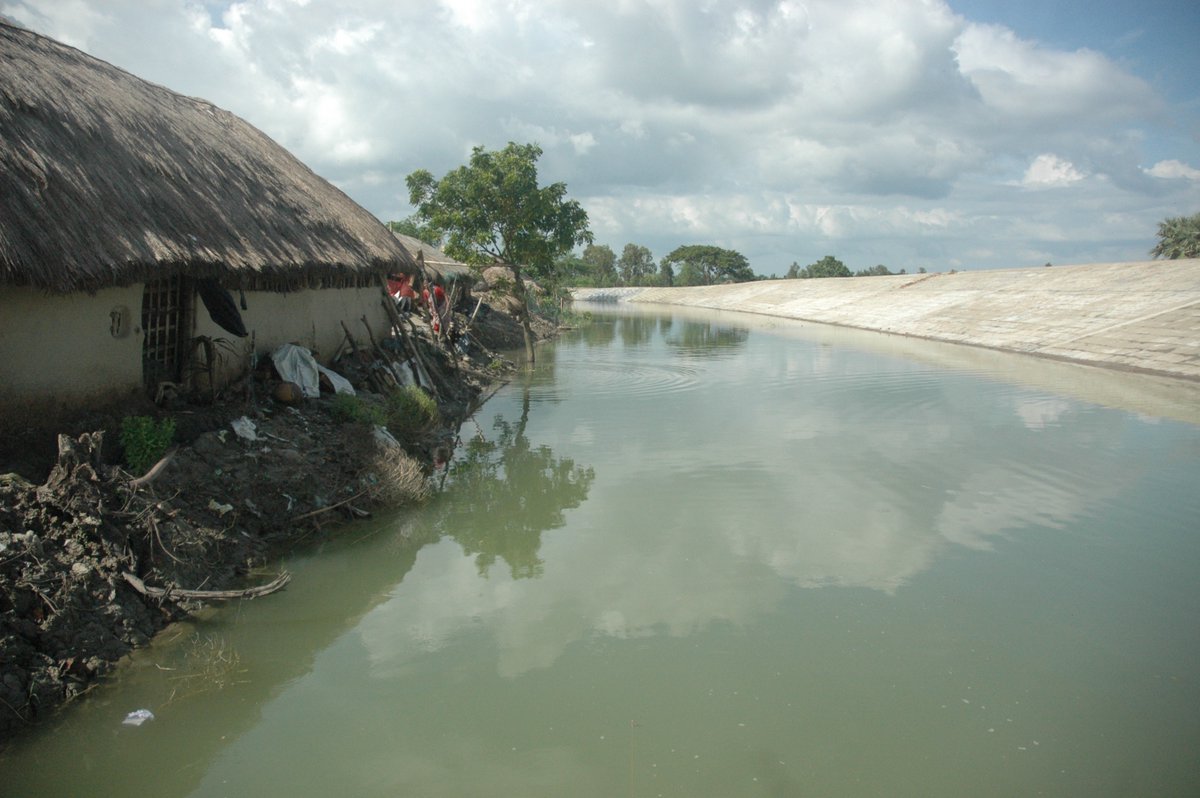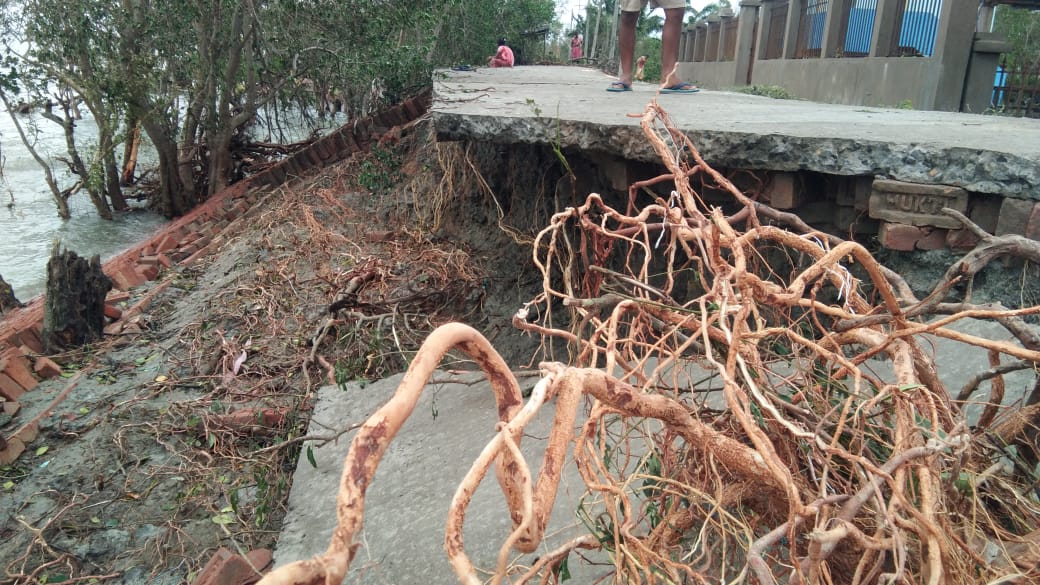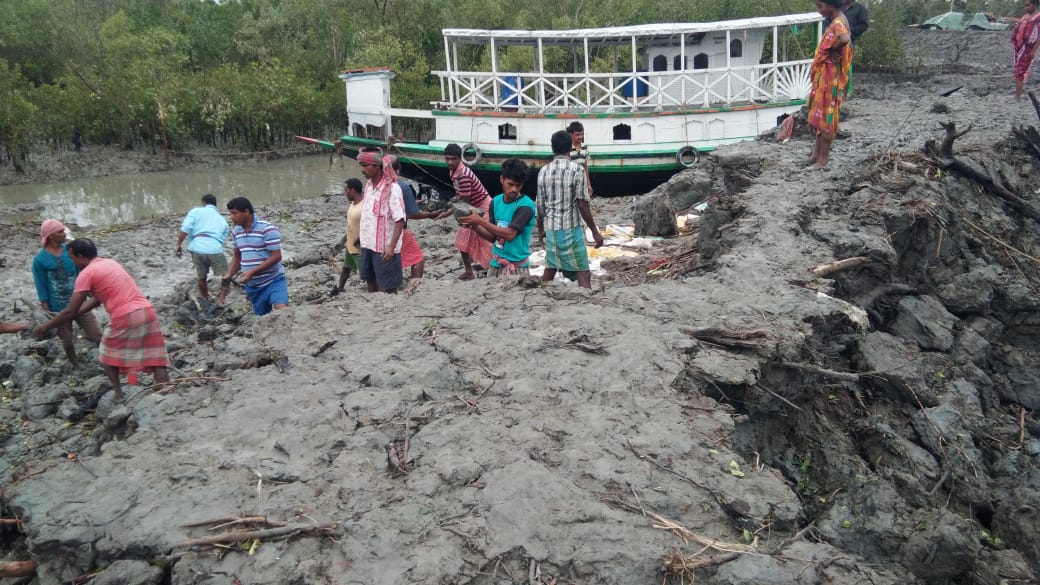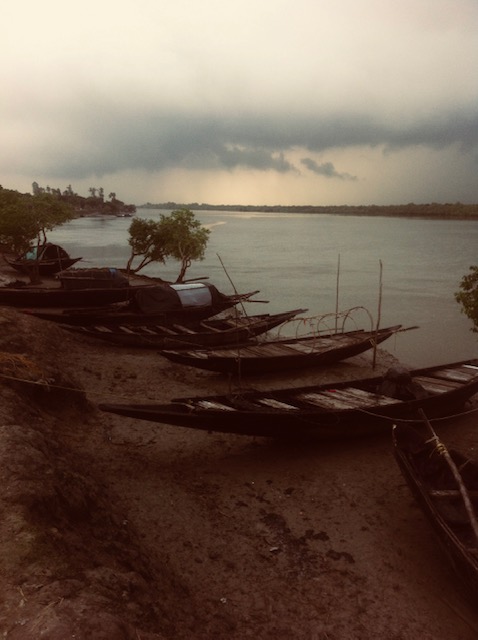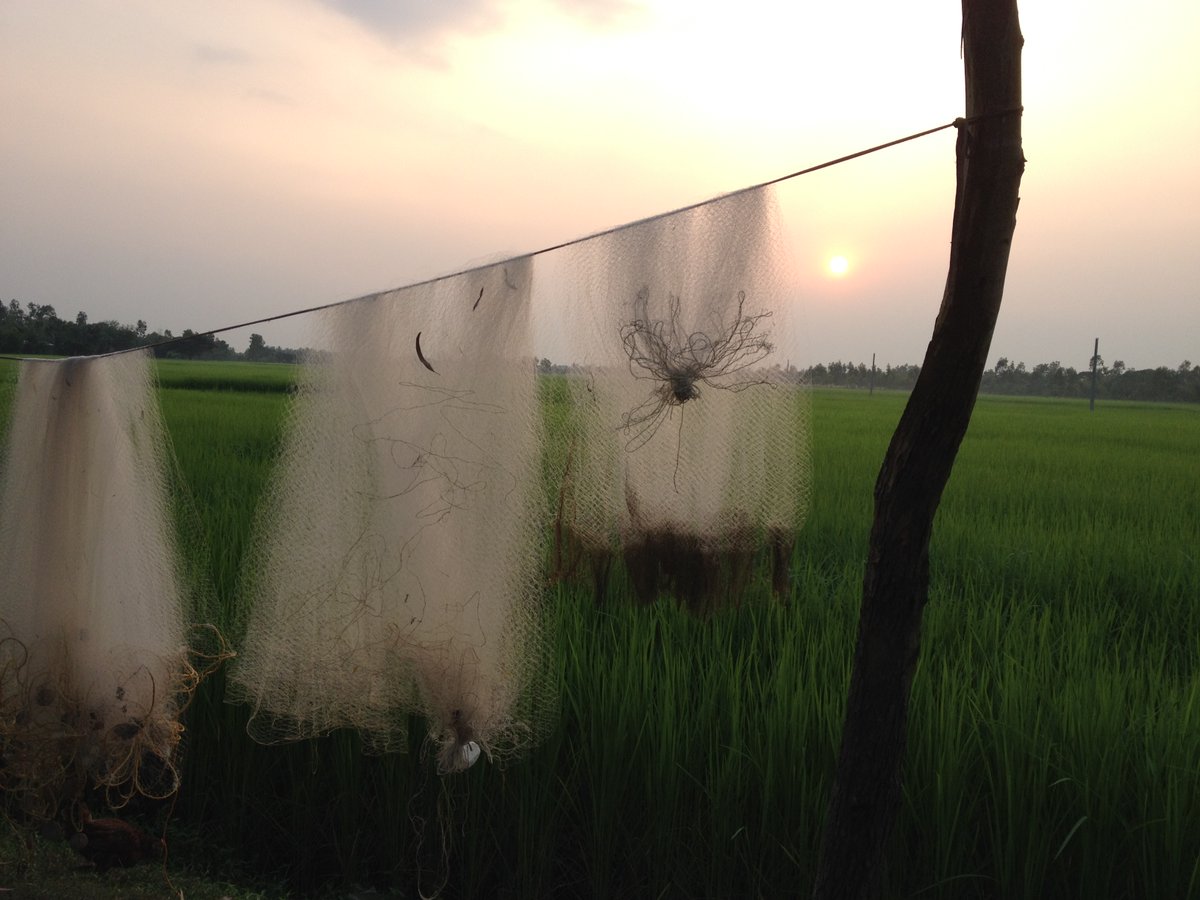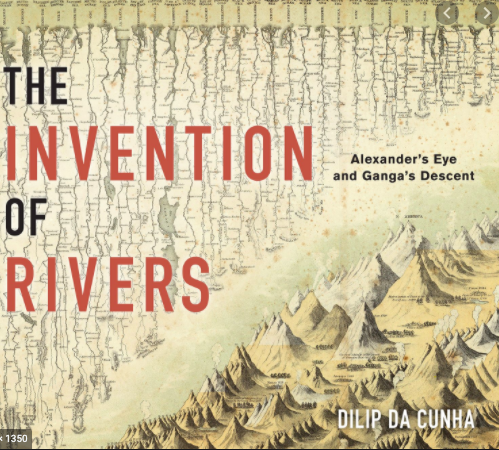#CycloneAmphan cracked Sundarban& #39;s lifelines: embankments. Why are these vital? Thread  https://abs.twimg.com/emoji/v2/... draggable="false" alt="👇" title="Down pointing backhand index" aria-label="Emoji: Down pointing backhand index">Maybe we need to be more imaginative in how these lifelines and lives on the peripheries are reconstructed @moefcc @MamataOfficial @MahuaMoitra @India4Climate @UNEP @WWFINDIA @SanctuaryAsia
https://abs.twimg.com/emoji/v2/... draggable="false" alt="👇" title="Down pointing backhand index" aria-label="Emoji: Down pointing backhand index">Maybe we need to be more imaginative in how these lifelines and lives on the peripheries are reconstructed @moefcc @MamataOfficial @MahuaMoitra @India4Climate @UNEP @WWFINDIA @SanctuaryAsia
This is a photo I took in 2017 when the concrete embankments post #CycloneAila had just been constructed. The #Embankment Reconstruction Project was allocated a whopping Rs 5,032 crore/ GBP 562 million funded by @WorldBank to build cement and block walls @sayantanbera
After #AmphanSuperCyclone, several of these concrete embankments, 5 meters high and 30-40 meters wide, concretising 35,000 km peripheries of #Sundarbans
have collapsed, broken, and in many places have taken massive chunks of the riverbed down with them @GhoshAmitav
have collapsed, broken, and in many places have taken massive chunks of the riverbed down with them @GhoshAmitav
As updates come in from better off islands, where homes are intact and fields were saved from being submerged, residents are surprised that the "modern" @WorldBank walls didn& #39;t withstand #Amphan. As they rebuild with mud, the challenge lies with concrete and cinder @PARInetwork
The reasons for this collapse are many. Shoddy construction, contractors taking cuts and replacing good quality materials with poor quality. And most likely this is yet another example of plain and simple bad design @itihaashtag not attuned to the specific mangrove ecology.
Sundarbans #embankments are meant to be lifelines, they prevent brackish water from flowing into low lying islands, allowing for agriculture to flourish. But are these lifelines or imposed lines?
Dividing landscapes that are indivisible. Creating dissections and fixity in a forest that swells and shrivels with the ebbs and flows of twice-daily tides as @AratiKumarRao shows in her visual poetry
“Development” in the region has often worked by letting the region stay underdeveloped @AnnuJal. This is violent. Sundarbans ought to be developed. But does development need to take the form of concrete & cinder block structures? Can we rethink materials & designs used?
What about the salt-resistant varieties of rice, destroyed precisely because of the construction of embankments, which led to increasing reliance on freshwater agriculture @CIFRI_ICAR @SEDINDIA on whom @arishapiro of @NPR did a story @ https://www.npr.org/sections/thesalt/2016/05/18/478251064/salt-resistant-rice-offers-hope-for-farmers-clinging-to-disappearing-islands?t=1590316102406">https://www.npr.org/sections/...
As @ndmaindia begin to rebuild these lifelines/ lines, they needs to consult those that have been studying the intricate politics of embankment construction, who they benefit or not, such as Dr. Amites Mukhopadhyay at Jadavpur University.
We need to learn from creative landscape architects Dilip Da Cunha and Anuradha Mathur who argue that these are not natural disasters but disasters of bad design. Reconstruction ought to be attuned to the ecology, shifting rivers, monsoons & endemic cyclones @lindsay_bremner

 Read on Twitter
Read on Twitter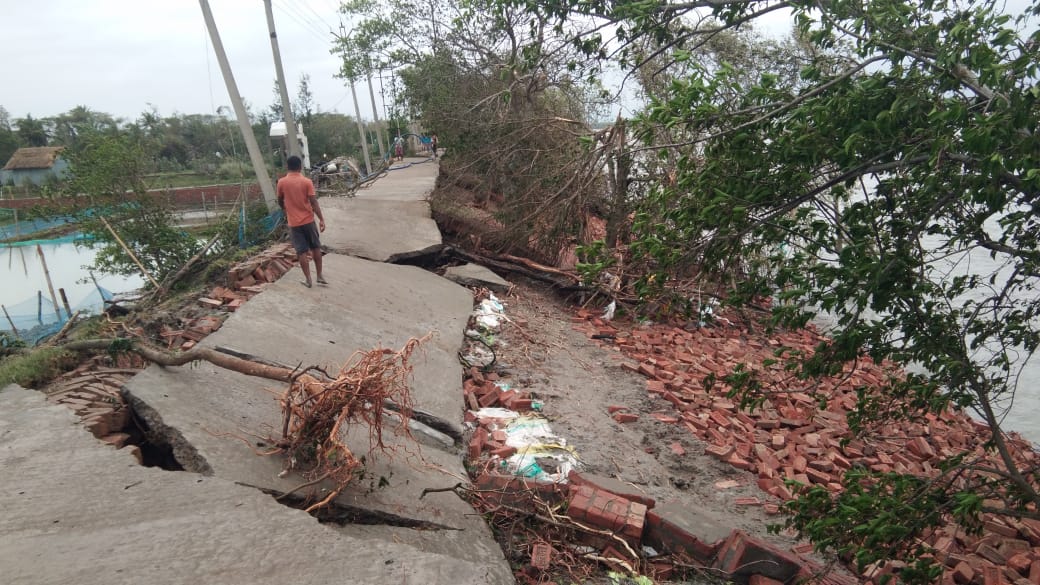 Maybe we need to be more imaginative in how these lifelines and lives on the peripheries are reconstructed @moefcc @MamataOfficial @MahuaMoitra @India4Climate @UNEP @WWFINDIA @SanctuaryAsia" title=" #CycloneAmphan cracked Sundarban& #39;s lifelines: embankments. Why are these vital? Thread https://abs.twimg.com/emoji/v2/... draggable="false" alt="👇" title="Down pointing backhand index" aria-label="Emoji: Down pointing backhand index">Maybe we need to be more imaginative in how these lifelines and lives on the peripheries are reconstructed @moefcc @MamataOfficial @MahuaMoitra @India4Climate @UNEP @WWFINDIA @SanctuaryAsia" class="img-responsive" style="max-width:100%;"/>
Maybe we need to be more imaginative in how these lifelines and lives on the peripheries are reconstructed @moefcc @MamataOfficial @MahuaMoitra @India4Climate @UNEP @WWFINDIA @SanctuaryAsia" title=" #CycloneAmphan cracked Sundarban& #39;s lifelines: embankments. Why are these vital? Thread https://abs.twimg.com/emoji/v2/... draggable="false" alt="👇" title="Down pointing backhand index" aria-label="Emoji: Down pointing backhand index">Maybe we need to be more imaginative in how these lifelines and lives on the peripheries are reconstructed @moefcc @MamataOfficial @MahuaMoitra @India4Climate @UNEP @WWFINDIA @SanctuaryAsia" class="img-responsive" style="max-width:100%;"/>
